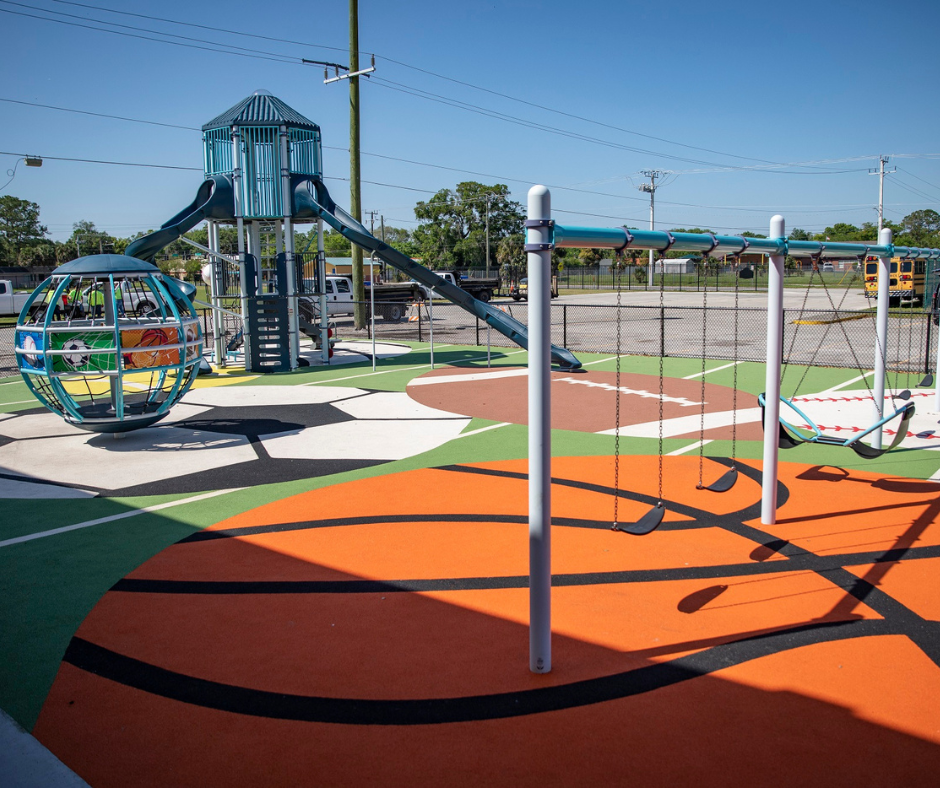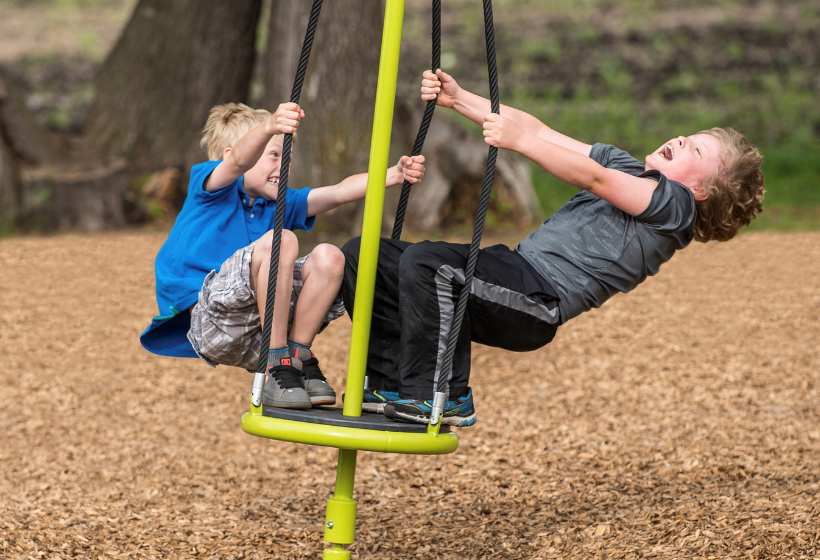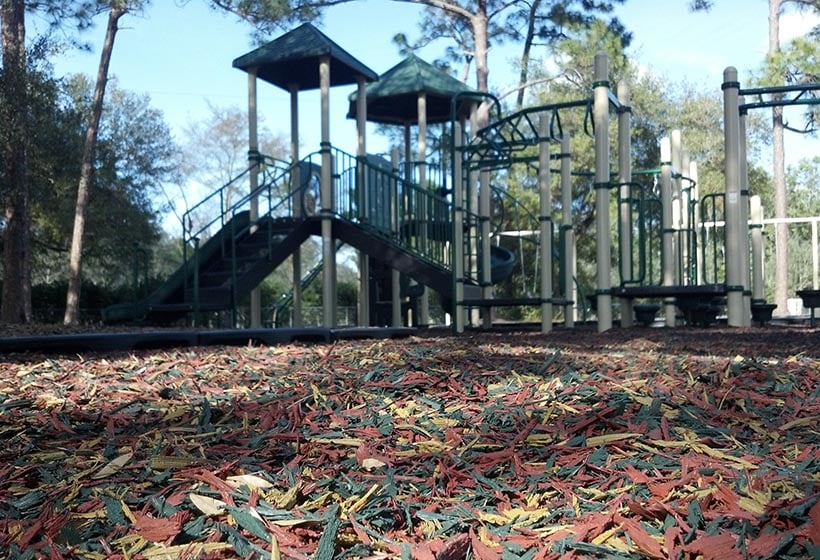When it comes to creating a safe and enjoyable playground environment, one of the most crucial elements is playground surfacing. The surface beneath our children's feet can greatly impact their play experience and overall safety. Whether you're a parent, guardian, or playground designer, understanding the key considerations when selecting playground surfacing is essential.
Throughout this article, we will explore a few factors to consider, such as safety, aesthetics, maintenance requirements, and budget to help you make an informed decision and create a playground where kids can play with peace of mind and endless joy.
Element of Safety
When it comes to picking your playground surfacing, safety should be your top priority. The surface should be soft enough to cushion falls and prevent serious injuries. Some of the most popular options for playground surfacing include poured in place, rubber tiles, synthetic turf, bonded rubber, and loose fill surfaces. Poured-in-place rubber is an option that provides excellent shock absorption and is also slip-resistant. Like poured rubber, rubber tiles provide a safer and more durable surface for children to play on. Its properties help reduce the risk of serious injury from falls and the non-slip surface helps prevent slips and falls, especially in wet conditions. Our synthetic turf meets fall cushioning requirements for safety compliance and the padded underlayment of adds enough padding to help protect against falls.
Adequate fall protection is an essential requirement for every playground in terms of safety. Having a safer playground is crucial for children's well-being, and the type of surface used is a significant factor in ensuring safer play. The American Society for Testing Materials (ASTM) has established several standards related to playground safety surfacing. According to the U.S. Consumer Product Safety Commission (CPSC), most playground injuries occur due to falls on the surface. Moreover, the playground surface must be compliant with the Americans with Disabilities Act to provide equal play opportunities for children of all abilities. The International Play Equipment Manufacturers Association (IPEMA) offers an independent certification program that tests products to ASTM surfacing standards. We offer a variety of playground surfaces that meet all these requirements, ensuring that children and families have a safer and enjoyable play experience.
Overall Aesthetic of Your Space
While safety should be your top priority, you also want your playground design to be appealing. The right playground surfacing can add to the overall aesthetic of your play area and make it more inviting for children. When choosing a playground surface, consider the color, texture, and pattern of the material.
For example, poured in place has a modern and clean look with many color options that can benefit a space with pops of color. Poured rubber provides design benefits, such as adding patterns, games, and logos to the smooth and seamless surface. Rubber tile is a surfacing type that can also provide a visually appealing and colorful enhancement to the overall space aesthetic. Additionally, the texture and pattern of the tiles can add a tactile element to the playground experience. Synthetic turf surfacing can add a natural look to a playground design that stays green all year long. Loose fill surfacing types like engineered wood fiber also provides a natural look that blends well with surrounding vegetation and provides an earthy feel to the recreation space. Its natural tones and textures also add a rustic charm to outdoor play areas.
Maintenance Requirements
Maintenance is also an important factor to consider when choosing your playground surfacing. Having a surface that is easy to maintain regularly is essential for ensuring continued safety compliance and keeping your space looking great. Some surfaces require more maintenance than others, so it’s important to choose one that fits your needs. Surfaces such as poured-in-place rubber may require occasional repairs, but is generally low-maintenance. Surfaces like engineered wood fiber need to be raked and topped off periodically to maintain its thickness and safety standards. Each surface type will need occasional maintenance. It is important to do research on which type will best suit the needs of your space.
Budget Considerations
Finally, budget is an important factor to consider when choosing your playground surfacing. The cost of the material and installation can vary greatly depending on the type of surface you choose. It’s important to choose a surface that fits your budget without sacrificing safety or quality.
At Robertson, we understand the financial considerations involved in designing a recreational area. While we strive to offer cost-effective surfacing alternatives, some of these may entail higher maintenance expenses. Conversely, pricier surfaces could result in lower maintenance costs in the long run. In light of this, we are committed to assisting you in securing the necessary funds to create an ideal play and recreation area for your community. Search this online database for grant opportunities that may be available in your area.



